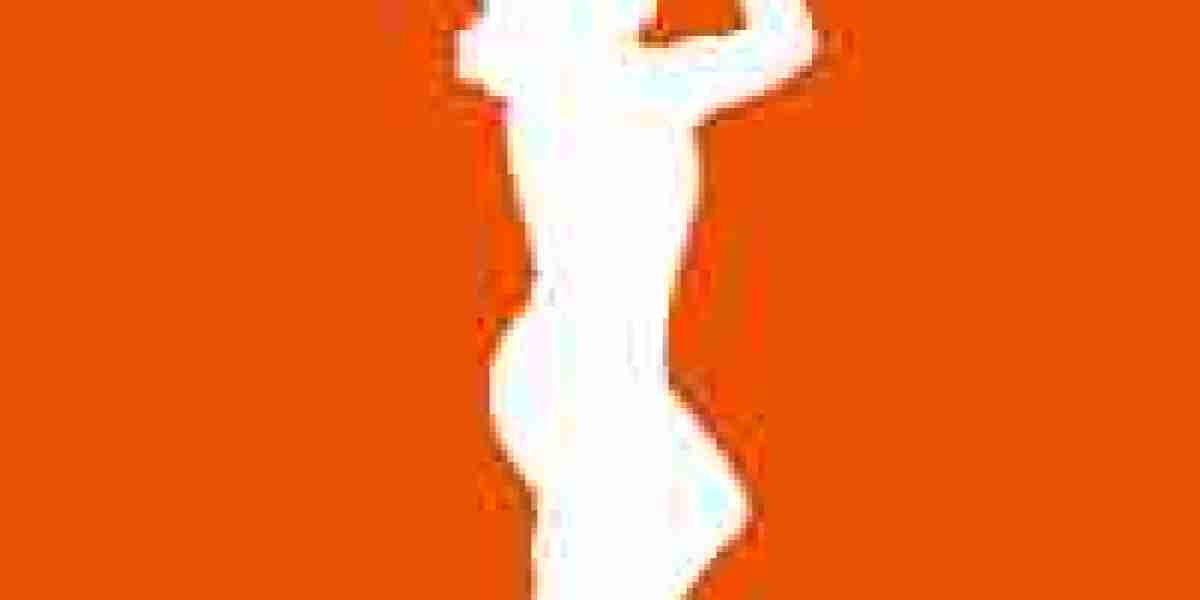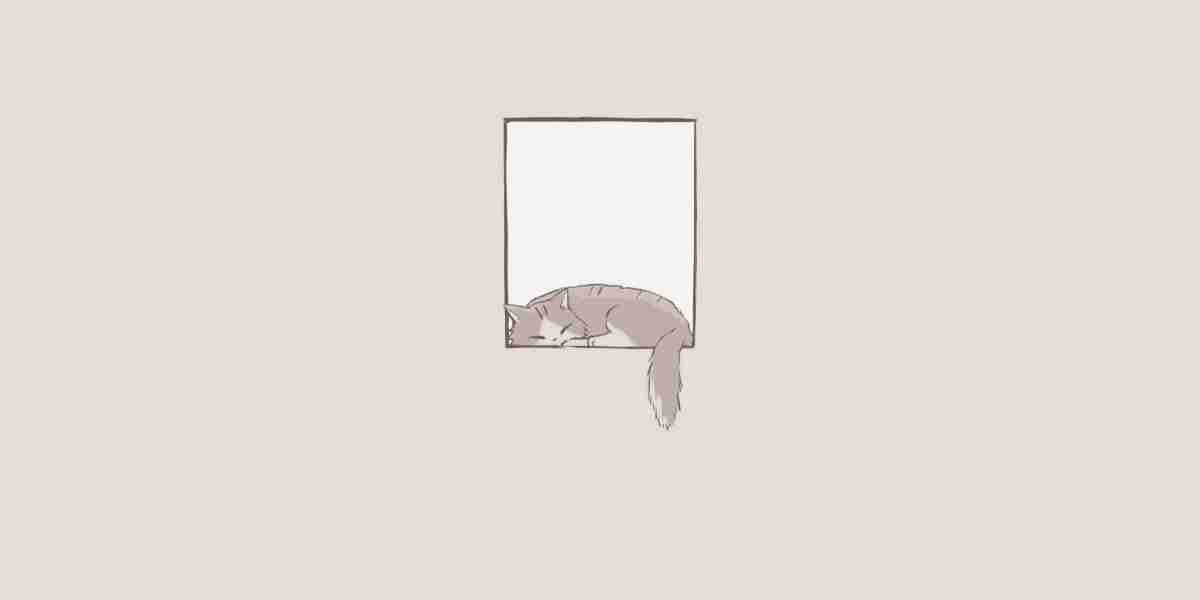3D printing has revolutionized the way we create and manufacture objects, but it is not without its challenges. Understanding the intricacies of 3D print troubleshooting can significantly enhance your printing experience. This article aims to provide you with essential tips for diagnosing common 3D print issues, ensuring that your projects are successful and efficient.
Understanding Common 3D Print Issues
Before diving into solutions, it is crucial to identify the common problems that may arise during the 3D printing process. Some of these issues include:
- Layer adhesion problems
- Stringing and oozing
- Warping
- Under-extrusion
- Over-extrusion
Diagnosing Layer Adhesion Problems
Layer adhesion is vital for the structural integrity of your print. If you notice that layers are not sticking together, consider the following:
- Check the nozzle temperature: Is it set correctly for the filament type?
- Examine the print speed: A faster speed may lead to insufficient bonding.
- Assess the cooling settings: Excessive cooling can hinder layer adhesion.
By adjusting these parameters, you can often resolve issues related to layer adhesion effectively.
Tackling Stringing and Oozing
Stringing occurs when filament oozes from the nozzle during non-print moves, creating unwanted strands. To mitigate this issue, you might want to:
- Reduce the nozzle temperature slightly.
- Increase retraction distance and speed.
- Enable the "Combing" feature in your slicer settings.
These adjustments can help minimize stringing and improve the overall quality of your prints.
Addressing Warping Issues
Warping is a common problem that can lead to failed prints. It typically occurs when the corners of the print lift off the build plate. To combat warping, consider the following:
- Use a heated bed to maintain consistent temperatures.
- Apply an adhesive solution, such as glue stick or hairspray, to the build surface.
- Ensure proper bed leveling before starting the print.
Implementing these strategies can significantly reduce the likelihood of warping.
Final Thoughts on 3D Print Troubleshooting
In conclusion, effective 3D print troubleshooting requires a systematic approach to diagnosing and resolving issues. By understanding common problems and implementing the suggested solutions, you can enhance your 3D printing experience. For a more comprehensive guide on preventing 3D printing failures, visit  .
.
Remember, every 3D printing project is an opportunity to learn and improve. Happy printing!








